For Roman Catholics, Carnival is the last festivity before Lent (the penitential preparation for Easter), and it takes place mainly during February.
The historic origin of the Carnival and the name itself are unclear. The word Carnival can possibly be traced to the latin carnem levare, which means to leave or withdraw from meat, referring to the period of repentance and abstinence in which ancient Catholics refrained from eating meat, among other practices. Regarding its origin, it is possibly related to primitive festivities honoring the beginning of the New Year.
Rooted in Roman Catholic traditions, and brought to the New World by European colonists, Latin American countries adopted Carnival celebrations at the same time as they imbued them with a particular style and atmosphere, although all sharing spirited dancing and music.
Today, in some cases more than others, carnivals have become deeply important in the lives of individuals and local communities, who live a whole year preparing for just a few days of festivities in late February.
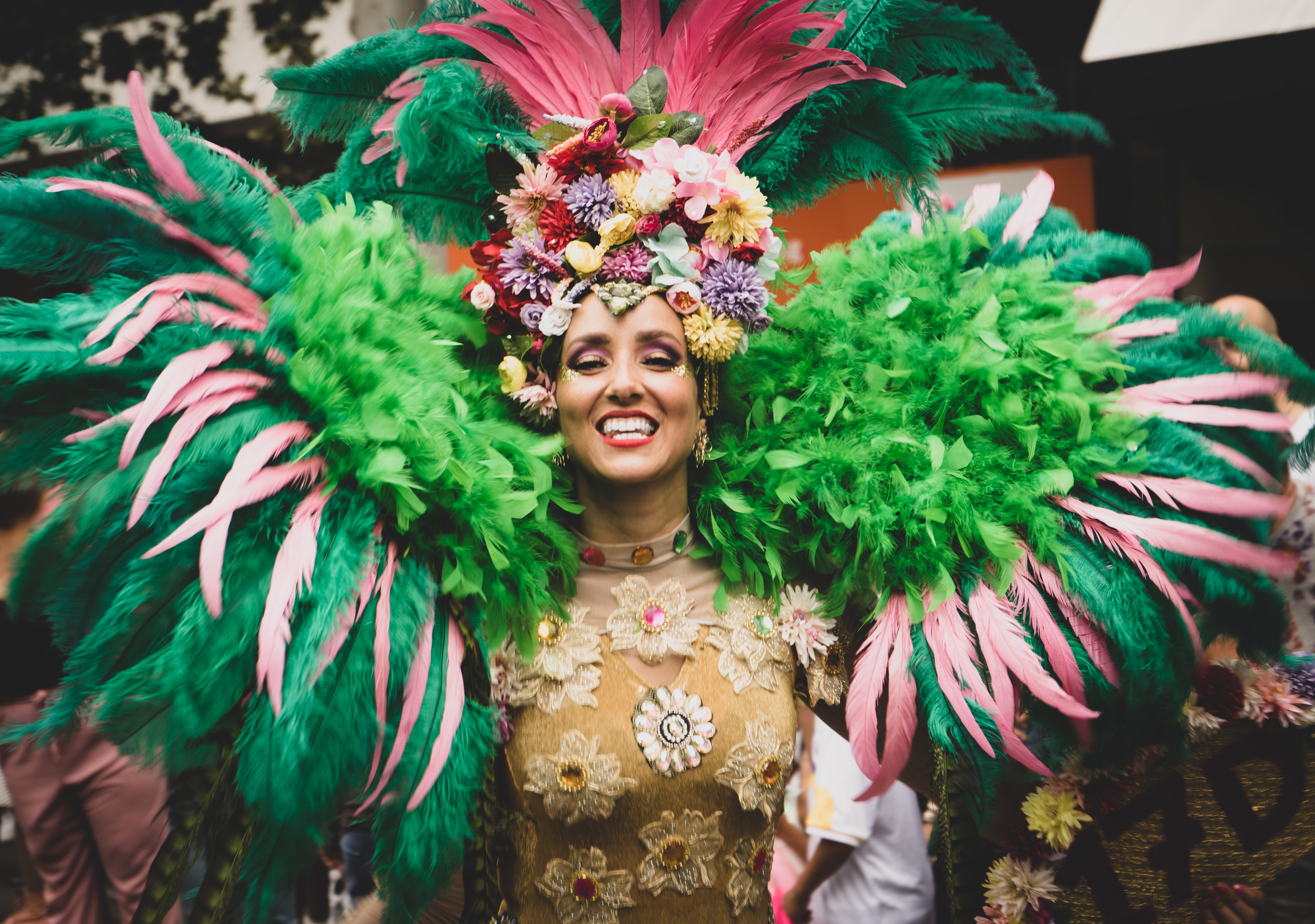
Trinidad and Tobago
Carnival in Trinidad and Tobago is an impressive event, and the most awaited happening among locals. It takes place two days before Ash Wednesday, and it is seen as a fusion of two historical traditions, the European one with its masked balls between Christmas and Lent, and the musical expressions of African slaves yearning for freedom. In the mid-20th century, Carnival began to be organized by the state, given its importance as an expression of national unity and pride. Today, it is central to life on these islands, constituting a key element of the tourist industry and employing over 100,000 people (directly or indirectly, in hundreds of competitions, mini parades, factories making costumes, studios recording music, hotels, etc. that lead up to the two-day event for months in advance). The Carnival has three main elements known locally as “pan, soca and mas”, which stand for steel pan groups, soca/calypso music, and masquerade (a cast of traditional characters in costume).
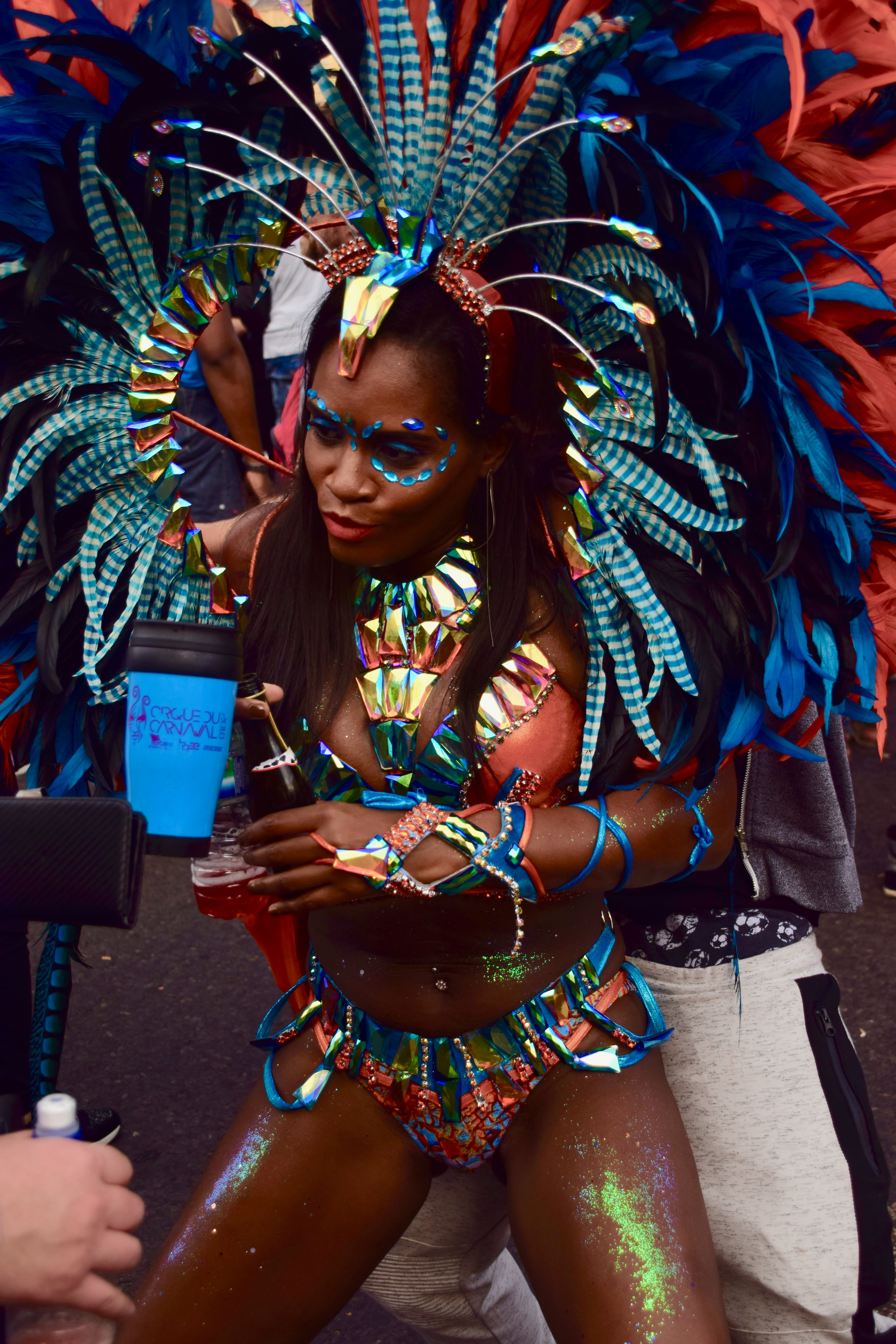
Rio de Janeiro
Rio de Janeiro’s Carnival in Brazil is one of the largest and most popular in the world. Samba schools run parades as part of a contest that takes place in the Sambadrome, with a capacity of around 70,000 spectators. These parades are meant for over 70 participant Samba Schools to compete in different categories, which include costumes, performance, theme and music. The schools prepare their participation for the entire year, constituting a veritable industry.
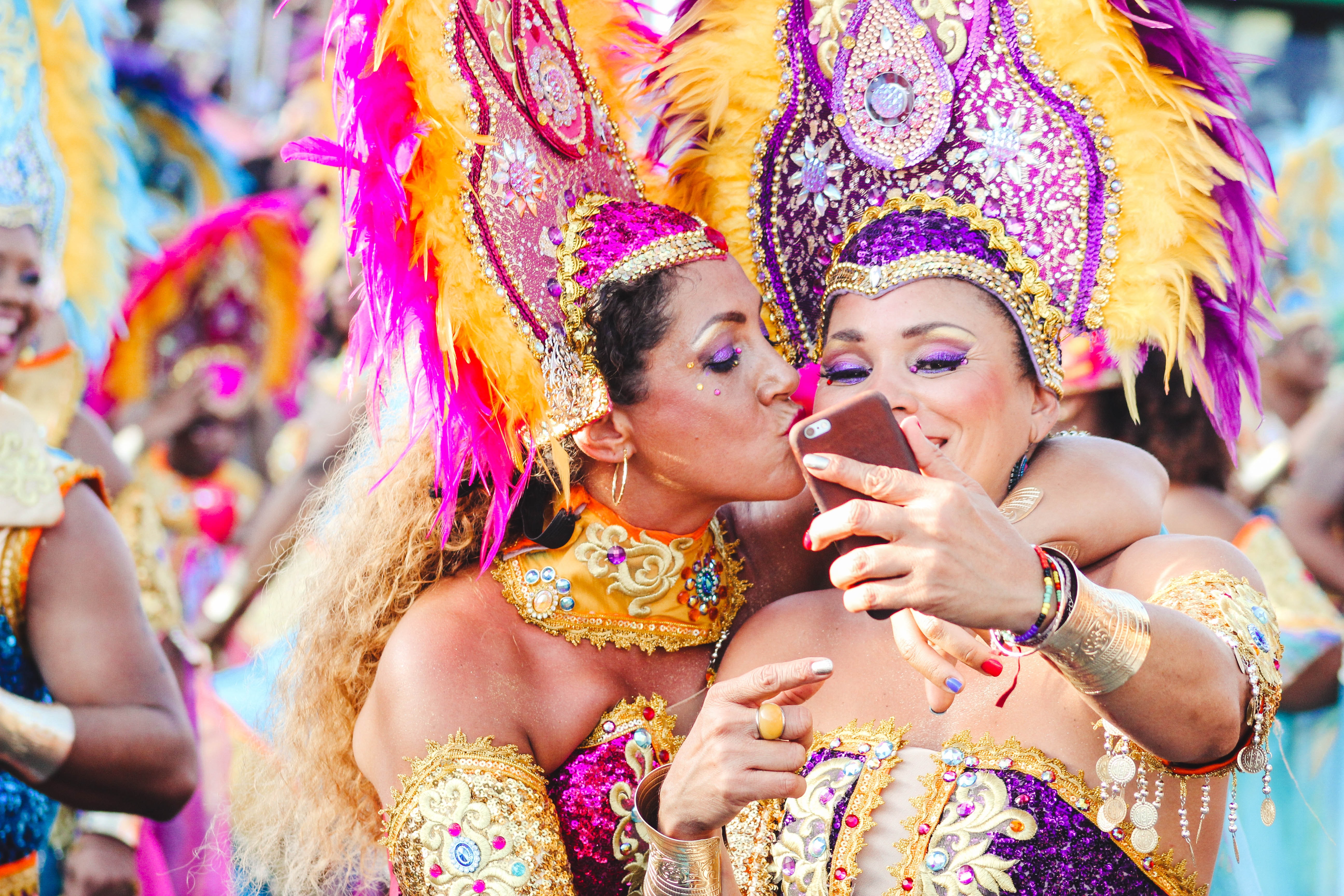
Uruguay
The Uruguayan Carnival is the longest in the world, spanning 50 days between January and mid-March, and it includes several unique features such as the Desfile de Llamadas, a parade of more than 2,000 drums that stems from slave traditions during colonial times. The parade is an expression of candombe, a call-and-response rhythm between three types of drums, played by drummers of African descent over many generations. This cultural expression has been declared Intangible Cultural Heritage of Humanity by UNESCO. Another interesting feature is Murga, music and theater ensembles that are known for their satirical humor and perform on neighborhood stages across Montevideo.
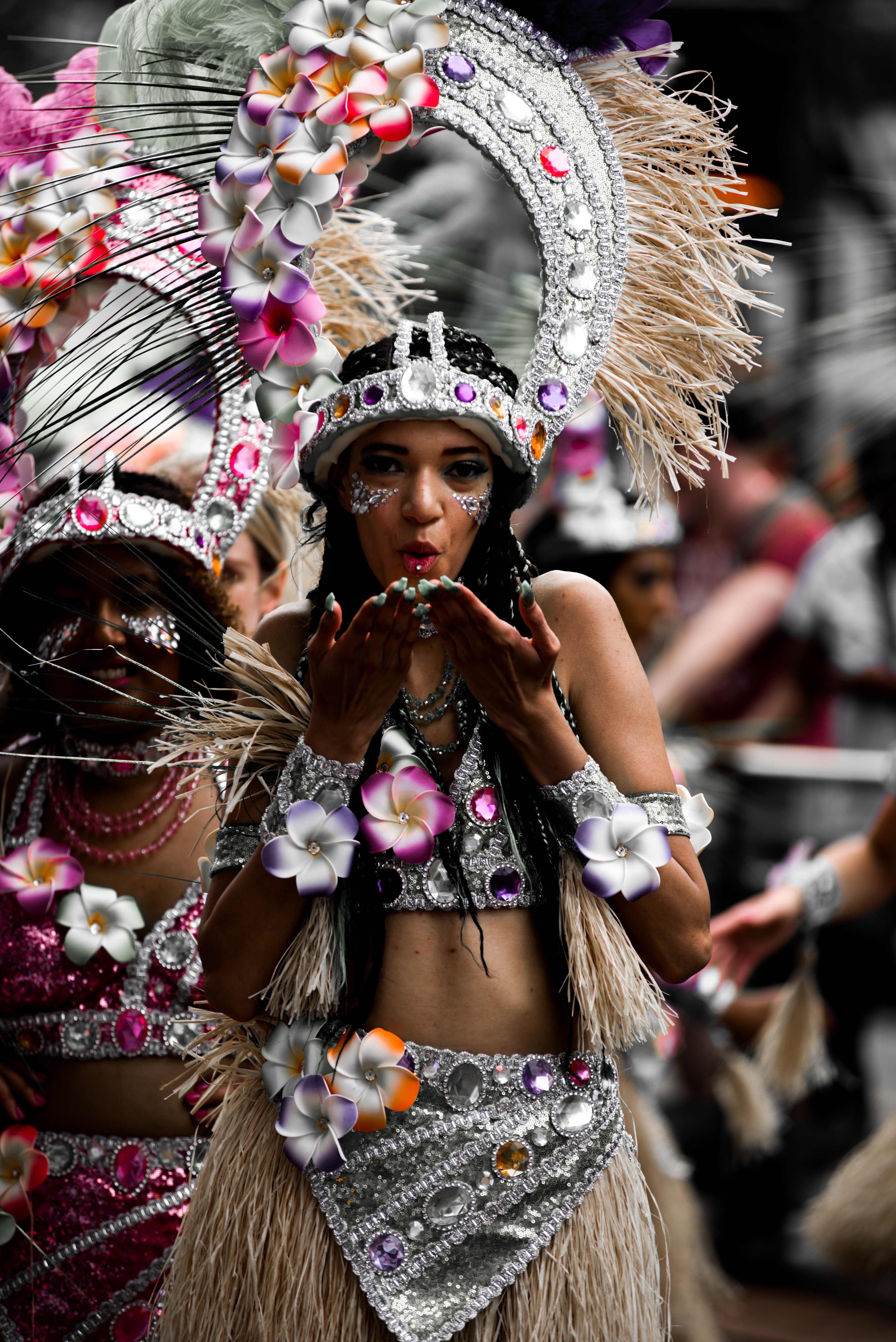
Peru
In Peru, a wide variety of local carnivals are celebrated, most of which are lively expressions of peasant life: they are centered on agricultural cycles, venerate the Earth and the elements, and reaffirm community ties. They are also examples of the syncretism between indigenous beliefs and Catholic traditions, such as the Carnaval Tinkuy which enacts a symbolic battle and utilizes the Catholic iconography of the cross together with the veneration of jirkas, native Andean deities. The Carnaval de Tarata also combines elements of local Aimara and European culture to celebrate the harvest season. One of the most recognized carnivals is the Carnaval Ayacuchano, which pays tribute to the indigenous Pachamama, or Mother Earth.
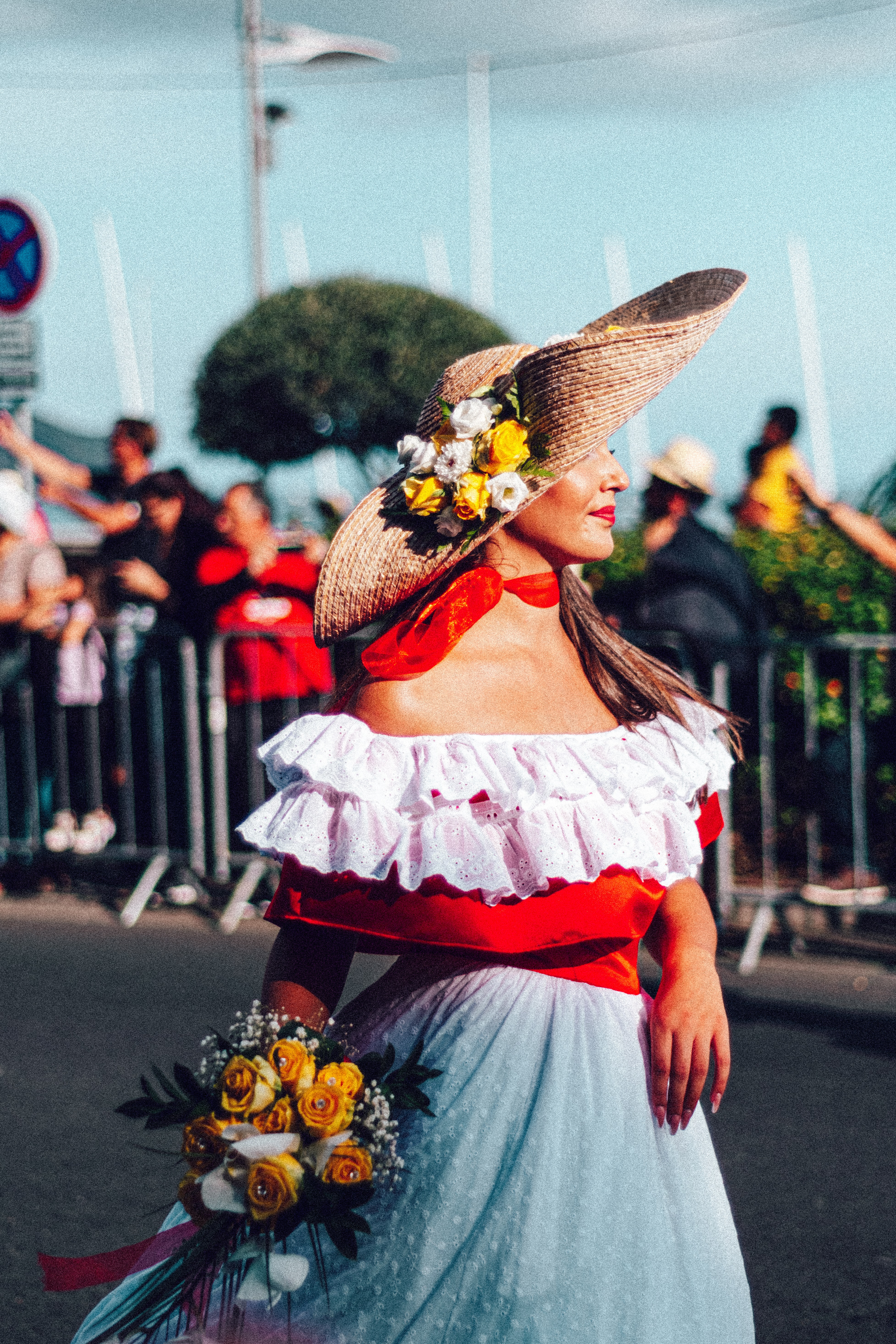
Argentina
Argentinean Gualeguaychú Carnival could be considered the most emblematic in the country. As its foreign counterparts do, dancers prepare costumes and choreographies all year-round. The city of Gualeguaychú is about 232km/144m from the city of Buenos Aires, the capital of Argentina, and it witnesses in its Corsódromo -the Argentinean version of the Brazilian Sambadrome-, parades, called comparsas, similar to the Brazilian ones, and murgas for two months mainly in January and February. Murgas are of Uruguayan heritage and are the most Argentinean features of this carnival, consisting of music bands that gather dancers, musicians, singers and circus jugglers. The songs are usually anti-establishment satires against national and international characters and a criticism to ridicule fashion and status quo.